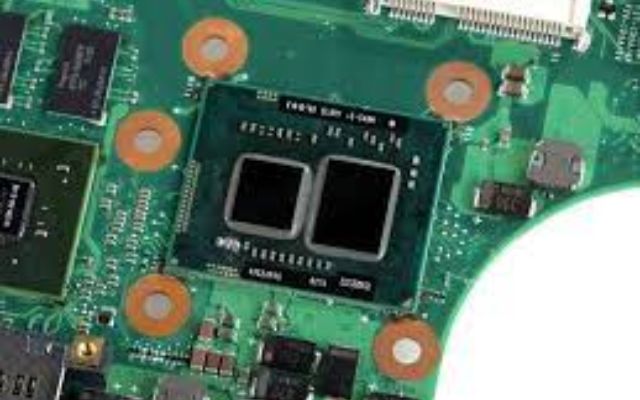How To Tell If Cpu Is Soldered?

Do you want to know if the CPU in your computer is soldered? How To Tell If Cpu Is Soldered? When contemplating upgrading or replacing your computer’s processor, knowing whether or not the CPU is
soldered may be useful information.
The ability to quickly identify a soldered CPU might assist you in determining what upgrade
choices are available.
Search for a huge, rectangular chip towards the middle of the motherboard. If the chip looks
to be glued to the motherboard rather than being detachable, the CPU is most likely
soldered.
You may also check the laptop or desktop manuals or the manufacturer’s website for
information on the individual model.
The data may indicate if the CPU is soldered or replaceable. Continue reading to discover
the telltale symptoms that can assist you in determining whether your CPU is soldered.
This article is posted on behalf of authorityarrow
Methods
To determine if yours was fitted using solder points, examine both the motherboard and the
physical features of the actual CPU itself before studying any associated literature that
arrived with your device.
There are many steps to solve it:
Check Your Motherboard
The first step in establishing whether or not your CPU is soldered is to examine the
motherboard. Look for an exposed slot on the motherboard where the CPU should attach,
and note whether or not it appears to be suitable for a detachable processor.
If the slot appears to be large enough for a detachable processor, the processor is probably
not soldered in place.
Having said that, some motherboards offer specialized processor slots that appear to be for
detachable CPUs but are actually just for soldering in place.
Check Your Processor
Another approach to detecting if your CPU is soldered is to examine the physical properties
of the processor.
Solderless CPUs normally feature pins on one side, whereas solderable CPUs lack pins
entirely and instead have metal contacts that make contact with their corresponding holes on
the motherboard.
Also, some more contemporary CPUs may have integrated heat spreaders that make them
appear detachable.
These CPUs are often still permanently linked to the motherboard through solder
connections on the underside.
Examine Your Documentation
If you still can’t determine whether or not your CPU is soldered based on visual inspection,
you can review any paperwork that came with your computer or motherboard when you
bought it.
This documentation should include instructions for installing and removing components, as
well as information on whether a particular processor may be removed from its socket or
must stay linked through solder points.
Furthermore, businesses like Intel publish thorough papers regarding certain CPUs and their
installation requirements on their websites, so do some internet research as well!
Using of Software:
Another method is to utilize a software tool such as CPU-Z, which is a free system
information software that can identify the kind and specs of the CPU, as well as whether or
not it is soldered.
You may also utilize third-party system information applications like Speccy, AIDA64, and
HWiNFO, which give CPU information.
These software tools, which can be downloaded and installed on your device, will scan your
system and offer precise information on your CPU, including whether or not it is soldered.
Which processors are soldered?
Many current CPUs, notably laptops and tiny form-factor desktops, are soldered to the
motherboard.
Soldering the processor to the motherboard improves thermal efficiency, lowers production
costs, and frees up space.
Intel’s 8th, 9th, and 10th-generation Core CPUs, as well as certain 11th-generation
processors and Xeon processors, are soldered. AMD Ryzen CPUs, on the other hand, are
not soldered and may be removed.
Many high-end CPUs are soldered, such as those seen in gaming laptops and
high-performance desktop computers.
It’s important to note that not all CPUs in the same generation or model are soldered; it all
depends on the model and intended use (i.e. laptops, desktops, workstations, servers).
Soldered processors are becoming increasingly frequent as technology progresses,
however, detachable processors are still available in some versions.
- Dental Computer Support: What Does It Mean And Why Would You Need It?
- Best Antivirus Software for Computer/Laptop
- 10 Methods to Speed-up Your Computer Performance
Conclusion:
Finally, understanding whether or not a CPU is soldered will help you identify what sort of
processor upgrade choices are available for your computer.
Physically inspecting the motherboard is one technique to detect if a CPU is soldered. If the
CPU is soldered to the motherboard, it will be permanently attached and cannot be removed
or changed.
Soldered CPUs are used in certain contemporary laptops and desktop computers to
conserve space, enhance thermal efficiency, and reduce manufacturing costs.
Before purchasing or upgrading a device, check to see if the CPU is soldered. This limits the
upgrade choices.
With this information in hand, you’ll be able to make an informed decision on how to handle
any future updates!





